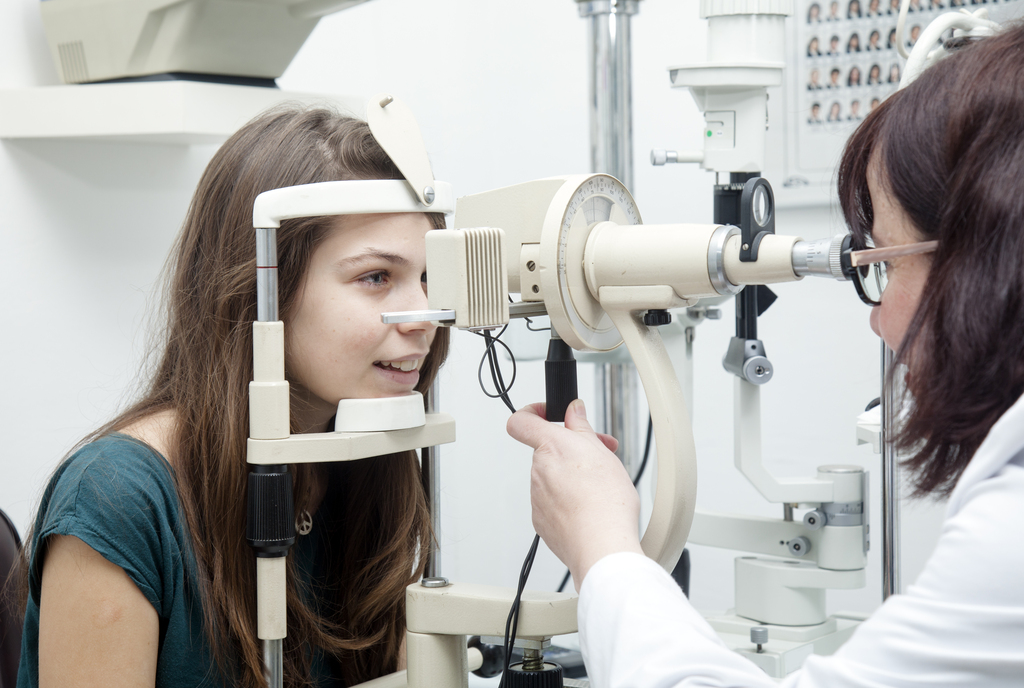Condition
Pediatric Nerve Palsies/Ocular Nerves Disorders
What You Need to Know
Nerve palsies/ocular nerves disorders refer to conditions in which the nerves that control the eye's movement or functions are not working correctly.
Key Symptoms
Symptoms can occur a bit differently in each child.
Some symptoms can include:
- Limitation of eye movement
- Sudden change in the alignment or movement of the eyes
- Unusual fatigue
- Loss of appetite or
- Change in behavior
- Double vision
- Headache
Diagnosis
Oftentimes, a diagnosis may be made on the basis of the clinical examination alone. Sometimes, imaging studies to look at the pathways in the brain are help
Doctors may diagnose nerve palsies/ocular nerves disorders several ways:
- A clinical examination
- Imaging studies to look at the pathways
- Refer to a specialist for further testing
Treatment
Treatment could include one or all of the following depending on the underlying cause:
- Surgery to reposition and realign the eye muscles (Outpatient basis)
- Patient could be required to wear an eye patch or prism glasses
The nerves that control the movement of a child’s eyes may be disrupted by many factors, including disease and injury. Diagnosing nerve palsies or ocular nerve disorders in children requires careful examination by an experienced pediatric ophthalmologist, who has specialized knowledge of eye pattern movement. Children’s National Hospital ophthalmologists have the in-depth expertise to make a diagnosis. Adults also may have similar eye movement disorders and also can be evaluated at the Children’s National Eye Clinic.

Schedule an Appointment
Our pediatric specialists provide personalized care for your child’s physical, mental and emotional health needs. Meet the providers who treat nerve palsies/ocular nerves disorders and schedule an appointment today.


Frequently Asked Questions
What are nerve palsies or ocular nerves disorders?
What are the symptoms of nerve palsies or ocular nerves disorders in children?
How are nerve palsies or ocular nerves disorders in children diagnosed?
What is included in treatment of nerve palsies or ocular nerve disorders in children?
What are some helpful websites for nerve palsies and ocular nerves disorders in children?
Departments that Treat Nerve Palsies/Ocular Nerves Disorders

Ophthalmology
See how the pediatric ophthalmologists at Children's National specialize in diagnosing and treating complex eye problems, including strabismus, childhood cataracts, glaucoma and rare congenital disorders.

Help Kids and Make a Difference
Invest in future cures for some of life's most devastating diseases. Give today to help more children grow up stronger.







